10 Best Forex Trading Apps for Beginners
Discover the 10 best Forex trading apps for beginners with easy-to-use features, real-time updates, and tools to start trading confidently.
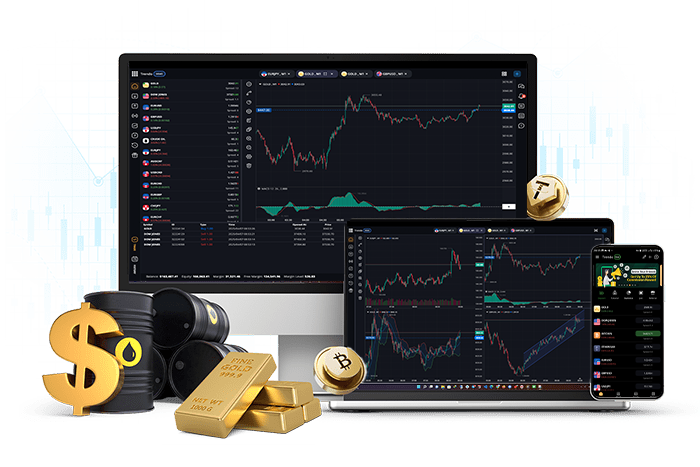
Forex trading can feel like navigating a maze, especially for beginners. You might feel overwhelmed by charts, jargon, and endless choices. Finding the best forex trading apps can help. These tools simplify the process and offer insights, putting you on a path to success. But where to learn trading and make sense of it all? This guide will guide you through the top apps designed for beginners, so you can manage your capital better and start trading with confidence.
Aqua Funded offers an excellent solution with its funded trading program. This program helps you grow your skills while managing your risk, making it easier to get started on your trading journey.
Is Forex Trading Easy for Beginners

Forex trading is not easy for beginners. Yes, you can jump in quickly and even test the waters on demo platforms. But the truth is, the learning curve is steep. Here’s why:
1. Understanding Complex Market Dynamics
Currency prices don’t move randomly. Economic data, geopolitical events, interest rates, and market sentiment influence them. Grasping these factors takes patience and time.
2. Handling High Volatility
The forex market can shift in the blink of an eye. Sudden price changes can wipe out your position before you can react. This fast-paced environment can be overwhelming for new traders.
3. Managing Leverage Risks
Leverage lets you control larger positions with less capital, but it’s a double-edged sword. While it magnifies profits, it can also magnify losses. Beginners can quickly get in over their heads if they’re not careful.
4. Developing Emotional Discipline
Fear, greed, and overtrading are common pitfalls. Many new traders struggle with emotional discipline, leading to impulsive and costly decisions.
5. Building Essential Skills
Success in forex requires more than luck. You need to master both technical analysis (like charts and indicators) and fundamental analysis (economic news and macro trends). Consistent risk management is also crucial.
Though forex trading is possible for beginners, it’s far from a walk in the park. It takes patience, structured practice, and a willingness to learn from mistakes. Without preparation, you’re more likely to lose money early on.
11 Expert Tips for Forex Trading

1. Maximize Your Forex Potential with Aqua Funded
Looking to amplify your trading gains without putting your own money on the line? AquaFunded is your go-to partner. They let you access accounts up to $400,000, all with flexible trading terms. Forget about tight deadlines and impossible targets.
With AquaFunded, you get easy-to-hit profit goals and up to 100% profit split. Over 42,000 traders worldwide have already collected more than $2.9 million in rewards, backed by a solid 48-hour payment guarantee. Choose instant funding options or show off your skills in customizable challenges. Either way, you keep up to 100% of what you earn.
2. Understand the Forex Market Before You Trade
Don’t rush into forex trading without doing your homework. Get to know the currency pairs and what influences them. This isn’t just studying; it’s a critical investment of your time that could save you a lot of money down the road.
3. Create a Solid Trading Plan And Stick To It
A trading plan is your roadmap to success. It should outline your profit goals, risk tolerance, and trading methods. Once it’s set, make sure every trade you consider fits within it. You’re usually most clear-headed before a trade, so lean on your plan when emotions run high.
4. Practice in a Risk-Free Environment
Before diving in, test your trading plan in real market conditions using a practice account. It’s a safe way to see how you’d perform without risking your own money. This will help you refine your skills and build confidence.
5. Use a Mix of Analysis Tools to Predict Market Movements
Whether you prefer analyzing news and data or using technical indicators, it’s crucial to leverage all tools at your disposal. Most traders use a blend of both to find trading opportunities. This approach helps you gauge market conditions more accurately.
6. Know Your Risk Tolerance
Never risk more than you can afford to lose. Determine how much you’re willing to risk on each trade and stick to it. This discipline is essential for long-term success.
7. Use Stop and Limit Orders Wisely
You can’t watch the market 24/7. Use stop and limit orders to help manage your risk and secure potential profits. Trailing stops can be handy as they adjust with the market, protecting gains if things go south.
8. Control Your Emotions
Getting emotional can lead to poor decisions like “revenge trading.” If you’re having a bad day, don’t stray from your trading plan, trying to make everything back at once. It’s better to recover losses gradually than to dig a deeper hole.
9. Stay Consistent for Long-Term Success
Consistency is what sets successful traders apart. Even if you face losses, maintaining a positive edge increases your chances of success. A well-thought-out trading plan is crucial, but sticking to it with patience and discipline is the real challenge.
10. Be Open to Adjusting Your Trading Plan
While consistency is key, don’t hesitate to tweak your trading plan if it’s not working. As you gain experience, your needs and goals may change, and your plan should reflect that.
11. Find the Right Trading Platform for You
Choosing the right trading partner can significantly impact your experience. Look for a platform that offers competitive pricing, efficient execution, and excellent customer service. These factors can make a big difference in your trading journey.
Related Reading
- How Long Does It Take To Learn Day Trading
- How Long Does It Take To Learn Forex Trading
- How Do You Backtest A Trading Strategy
- Which Trade Is Best For Beginners
- Do You Pay Tax On Forex Trading
- How Many Day Traders Are Successful
- How Much To Start Day Trading
- How To Start Trading As A Student
- Forex Trading Psychology
- How To Do Trading Business
10 Best Forex Trading Apps for Beginners
1. Aqua Funded: Trade Big Without Risking Your Funds

AquaFunded is a standout platform for aspiring traders. It lets you trade large accounts without risking your own money. You can manage accounts up to $400K, with no time limits and flexible trading conditions.
Pros
- Access to large accounts
- No personal financial risk
- Flexible trading conditions
Cons
- Requires proven trading skills
- Limited to forex trading
2. IG: Award-Winning Mobile Experience

IG’s app is a top choice for newbies. It’s easy to navigate with powerful features. The intuitive layout makes it simple to find alerts, signals, and charts.
Pros
- User-friendly interface
- Excellent educational tools
- Solid deposit and withdrawal options
Cons
- High fees for stock CFDs
- Limited range of products
3. Bloomberg: Stay Informed with Market News
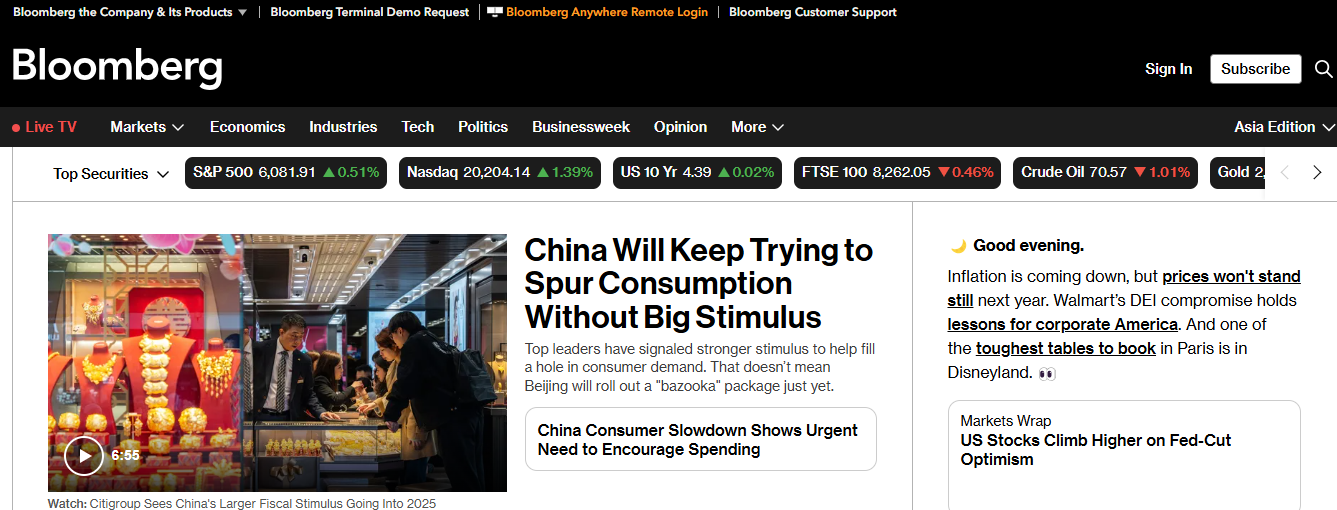
Bloomberg’s app is perfect for staying updated with the latest market news. It offers access to global financial markets and customizable menus.
Pros
- Real-time market news
- Customizable features
- Access to Bloomberg TV
Cons
- Some features require subscriptions
- Not tailored for forex trading alone
4. eToro: Master Social and Copy Trading

eToro is unique with its focus on social and copy trading. You can follow and copy successful traders, making it ideal for learning.
Pros
- Intuitive platforms
- Strong security measures
- Demo account for practice
Cons
- Limited availability in some areas
- Customer service can be lacking
5. Saxo: Seamless Cross-Platform Experience
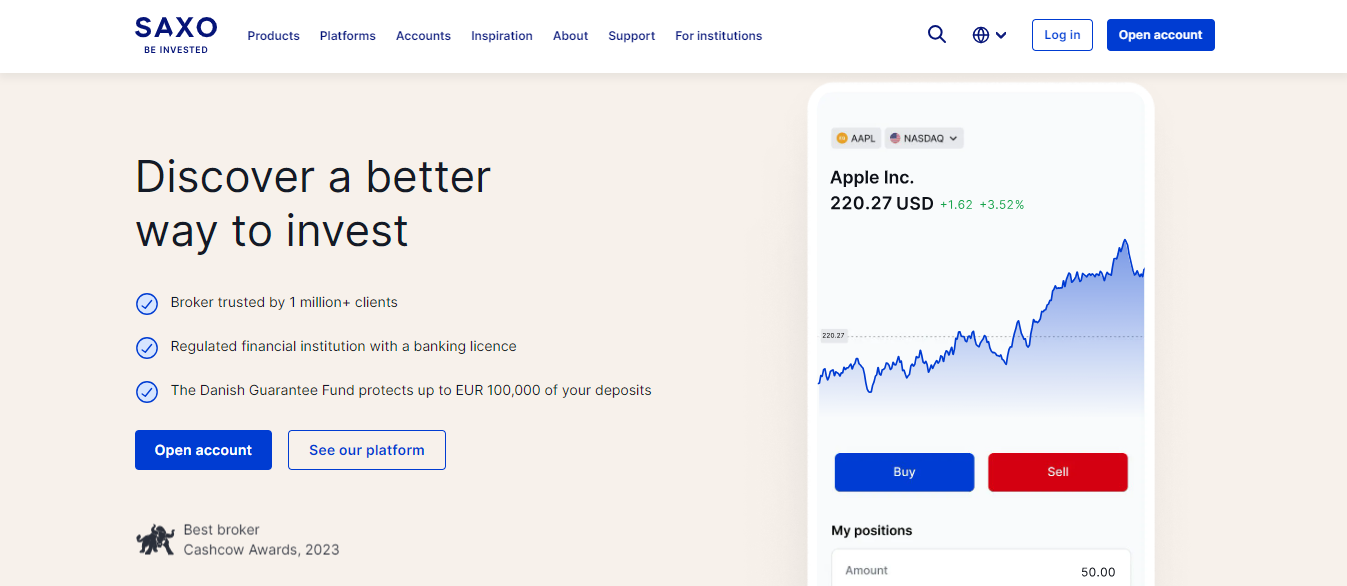
Saxo’s SaxoTraderGO app offers a consistent experience across devices. It packs rich charting capabilities and integrated research tools.
Pros
- Broad product selection
- Excellent research tools
- High-quality trading platform
Cons
- High fees for options and futures
- Custody fee applies
6. thinkorswim Mobile: Comprehensive Trading on the Go

Thinkorswim Mobile is a robust trading platform with real-time charts and a paper trading feature for testing strategies.
Pros
- Extensive charting tools
- Free to join with a TD Ameritrade account
Cons
- Overwhelming interface
- Complaints about design
7. NinjaTrader: Powerful Tool for Advanced Traders
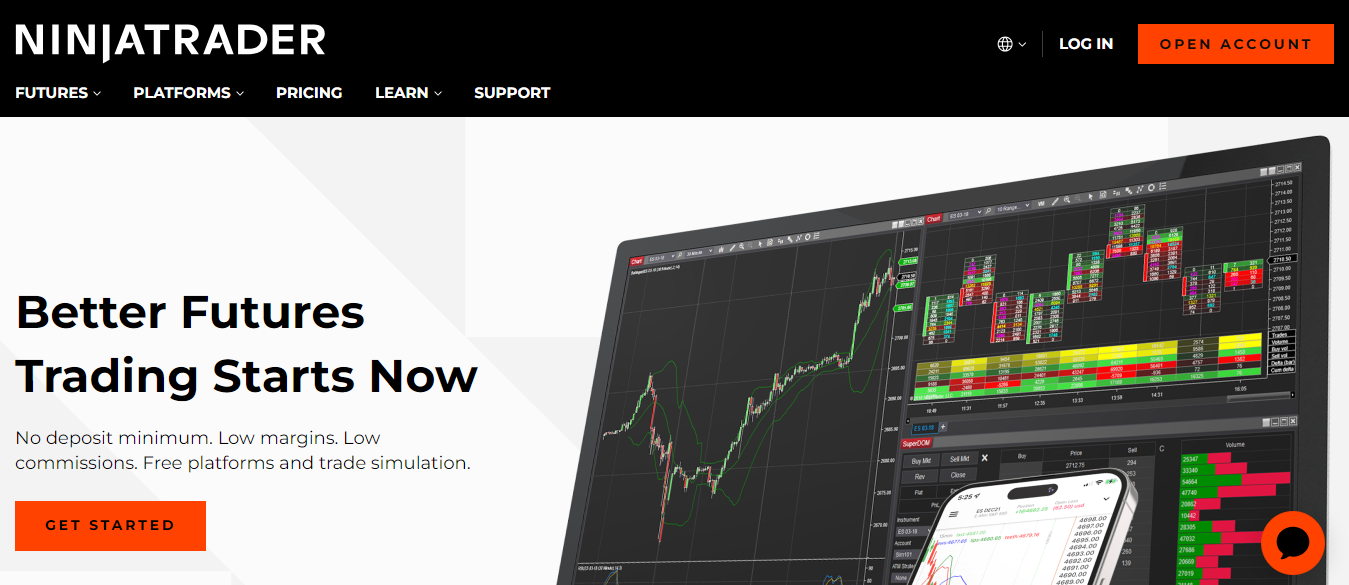
NinjaTrader is excellent for designing and testing trading systems. It’s been around since 2003 and offers a free plan for simulation.
Pros
- Free simulation and testing
- Over 100 technical indicators
Cons
- Paid plan for full features
- Requires programming for customization
8. Forex.com: Smooth and Sophisticated Experience

Forex.com’s app is user-friendly, with advanced features like TradingView-powered charting and integrated research tools.
Pros
- Low forex CFD fees
- Diverse currency pairs
Cons
- Limited product selection
- High fees for stock CFDs
9. Plus500: Beginner-Friendly Platform

Plus500 offers a user-friendly platform with a wide range of CFDs. It’s a good choice for beginners looking for an easy trading experience.
Pros
- Well-designed platform
- Quick support
Cons
- High CFD fees
- Currency conversion fees
10. NetDania: Versatile and Popular Choice
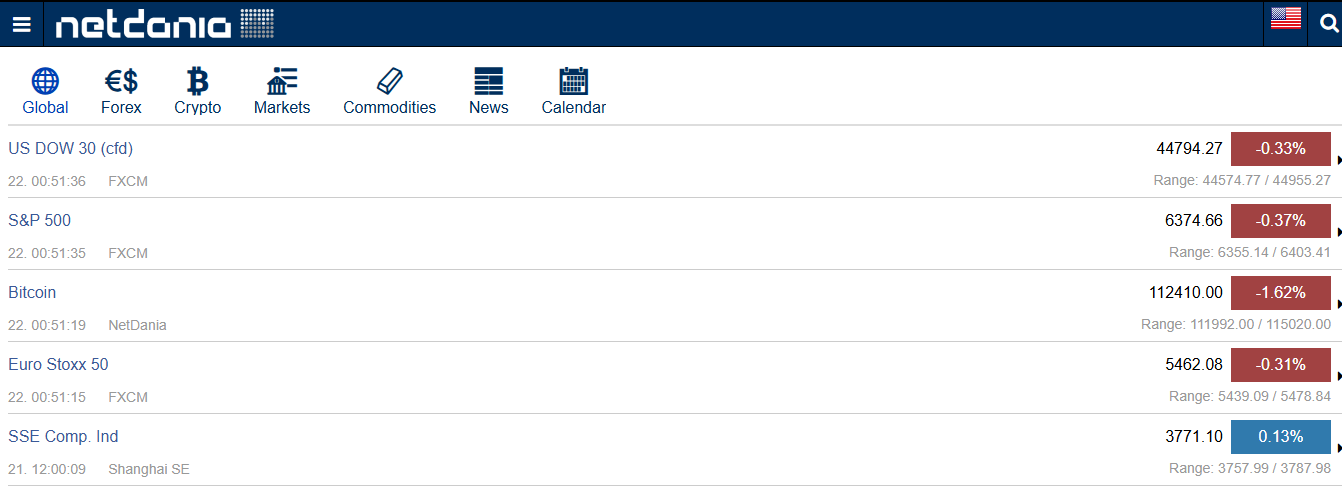
NetDania is highly rated for its ease of use and versatility. It provides real-time data on thousands of instruments, making it a favorite among traders.
Pros
- Excellent forex calendar
- Access to premium features
Cons
- Annoying ads
- Expensive paid version
Related Reading
- How To Learn Trading Online
- Is Day Trading Worth It
- Is Day Trading Hard To Learn
- Trading Strategy For Beginners
- Position Trading Strategy
- Profitable Gold Trading Strategy
- Profitable Gold Trading Strategy
- Trading Strategy For Beginners
- Position Trading Strategy
- Option Trading Technical Analysis
10 Best Forex Trading Strategies For Beginners

1. Breakout Trading
Breakout trading is an intuitive style, making it ideal for beginners. A breakout occurs when prices move beyond a defined support or resistance area. This strategy is crucial because breakouts often signal the start of increased market volatility, allowing traders to use volatility to their advantage by joining new trends as they begin.
Pros
- Simple to understand and implement.
- Can capture big moves at the start of a trend.
- Works in volatile markets with strong momentum.
Cons
- False breakouts are common, leading to losses.
- Requires good timing and quick execution.
2. News Trading
News trading involves taking positions in a financial market based on the release of economic data, major news events, or highly significant geopolitical developments. Traders employing this strategy aim to capitalize on the immediate market reaction to important news events, which can lead to sharp short-term price volatility and directional movement.
Pros
- Opportunity to profit from sharp, quick price movements.
- It can be highly profitable if the market reacts strongly.
- Allows trading based on real-world events rather than only charts.
Cons
- High volatility can cause significant, rapid losses.
- Requires fast decision-making and execution.
3. Moving Average Crossover
Moving Average (MA) is a simple technical analysis tool that smooths out price data by creating a constantly updated average price. Moving average strategies are popular and adaptable to any time frame, suiting both long-term investors and short-term traders. When asset prices cross over their moving averages, it often generates a trading signal for technical traders.
Pros
- Easy to understand for beginners.
- Works across multiple timeframes.
- Suitable for identifying trend direction and reversals.
Cons
- Lagging indicator signals can come late.
- It can produce false signals in sideways markets.
4. Trend Trading
Trend trading focuses on identifying and trading in the direction of established market trends, aiming to profit from sustained price movements. Trend traders rely on charts, indicators, and patterns to identify trends, entering positions once a trend is clear and often waiting for a pullback before entering.
Pros
- Can generate large profits if trends are sustained.
- It is easy to align with the overall market direction.
- Less stressful than scalping due to more extended holding periods.
Cons
- Requires patience to wait for trend confirmation.
- Trends can reverse suddenly, wiping out profits.
5. Carry Trade
Carry trade is a type of forex trading where traders profit by taking advantage of interest rate differentials between countries. This strategy works because currencies bought and held overnight will pay a trader the interbank interest rate. Traders use this strategy to profit from the difference between rates, often leveraging the trades for substantial gains.
Pros
- Generates potential profit from interest rate differences even without price movement.
- Works well in stable markets with predictable interest rate policies.
- Can provide consistent returns over time.
Cons
- It is hazardous in volatile markets or during sudden economic changes.
- Often requires ample leverage, which increases risk.
6. Range Trading
Range trading involves trading within a defined price range, buying at support levels, and selling at resistance levels until the price breaks out of the range. Traders using this strategy profit from oscillations between support and resistance levels within a defined range.
Pros
- Effective in stable, sideways markets.
- Clear entry and exit points at support/resistance levels.
- Can generate multiple small, consistent profits.
Cons
- Doesn’t work well in trending markets.
- Breakouts can cause sudden, unexpected losses.
7. Fundamental Analysis
In fundamental analysis, traders look at a country’s economic fundamentals to understand whether a currency is undervalued or overvalued. They use this information to predict how its value will likely move relative to another currency. Fundamental analysis can be complex, but it can be simplified by focusing on a few major indicators.
Pros
- Helps understand the broader economic picture.
- Can be applied to both short-term and long-term trading.
- Builds strong decision-making skills beyond charts.
Cons
- Requires deep research and understanding of economics.
- Market reactions can be unpredictable even with correct analysis.
8. Pattern Trading
Pattern trading focuses on identifying specific chart patterns, such as double tops and bottoms, cup and handle, head and shoulders, triangles, and flags. Traders use this strategy to profit from the repetition of recognizable patterns in market price action.
Pros
- It is visual and relatively easy to learn for beginners.
- Patterns repeat across markets and timeframes.
- Works well when combined with other technical indicators.
Cons
- Subjectively, different traders may see different patterns.
- Can fail in volatile or erratic markets.
9. Momentum Trading
Momentum trading and momentum indicators are based on the idea that strong price movements in a particular direction are likely to continue for some time. Momentum strategies may consider both price and volume, often using visual analysis tools like oscillators and candlestick charts.
Pros
- Can capture strong, fast price moves.
- Clear signals when trends are strong.
- Works across different assets and timeframes.
Cons
- It can lead to late entries if momentum slows.
- High volatility increases risk.
10. Macro Trading
Macro trading, also known as macroeconomic trading or global macro trading, is a strategy that focuses on identifying broad macroeconomic trends and geopolitical events that influence financial markets. Traders using this strategy form a view on movement direction by considering economic indicators, monetary policy decisions, and other macroeconomic factors.
Pros
- A broad, diversified approach can trade multiple markets.
- Long-term macro trends can yield substantial returns.
- Based on real-world events and policies.
Cons
- Requires strong global economics knowledge.
- Slow to show results may need a more extended holding period.
Ready to take your trading skills to the next level? Turn your trading skills into substantial profits without risking your capital. AquaFunded gives you access to accounts up to $400K with the most flexible trading conditions in the industry - no time limits, easy-to-achieve profit targets, and up to 100% profit split. Join over 42,000 traders worldwide who've already collected more than $2.9 million in rewards, all backed by our 48-hour payment guarantee. Start trading today with instant funding options or prove your skills through our customizable challenge paths and keep up to 100% of what you earn.
Join Our Funded Trading Program Today - Trade with our Capital and Keep up to 100% of the Profit.

Why trade with your capital when you can tap into AquaFunded? This platform offers traders the chance to access accounts up to $400K, all while providing some of the industry's most flexible trading conditions. With no time limits and easy-to-reach profit targets, you’re set to maximize your potential. Over 42,000 traders worldwide have already earned more than $2.9 million in rewards, thanks to their 48-hour payment guarantee. AquaFunded stands out among the best forex trading apps for beginners and seasoned traders alike. Whether you’re looking for instant funding options or want to prove your skills through customizable challenge paths, AquaFunded allows you to keep up to 100% of what you earn.
Related Reading
- Forex Risk Management Tools
- Algorithmic Trading Risk Management
- What Is Risk Management In Trading
- Day Trading Risk Management
- Trading Risk Management Tools
- Best Day Trading Platform For Beginners
- Best Indicators For Swing Trading
- Best Platform For Day Trading Crypto
- Best Beginner Trading App


